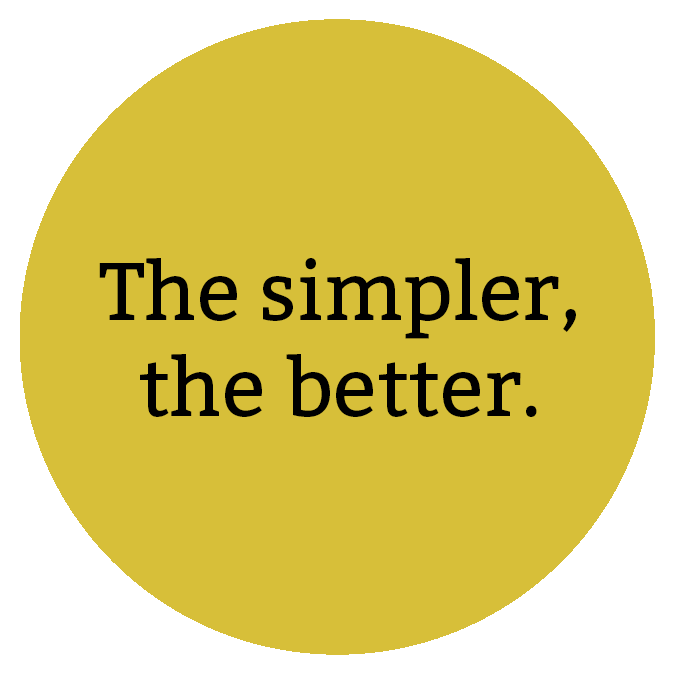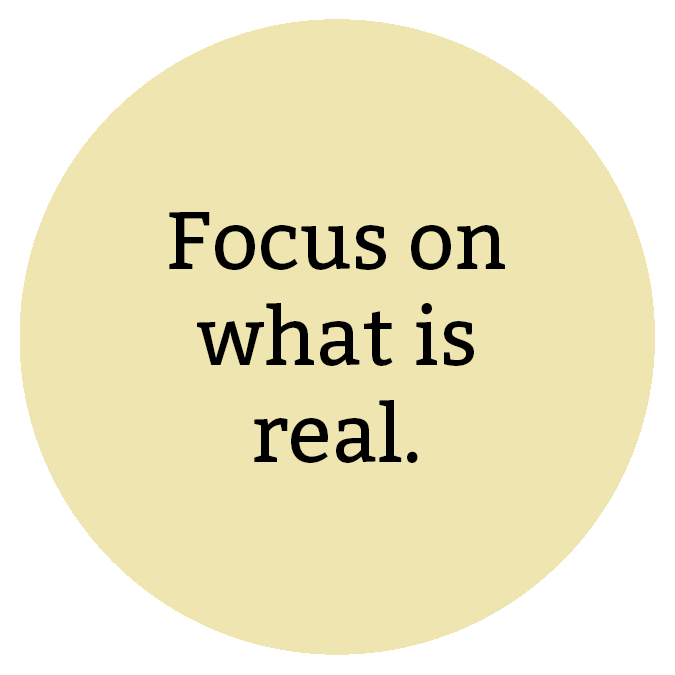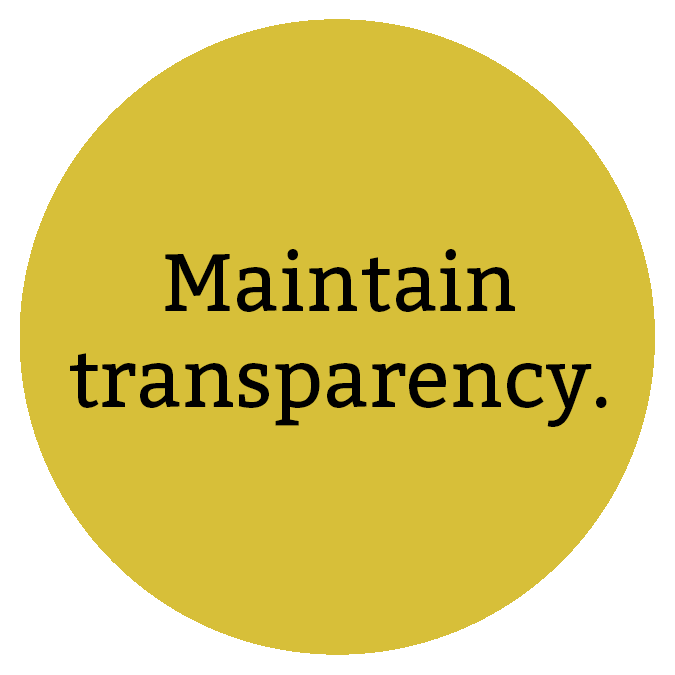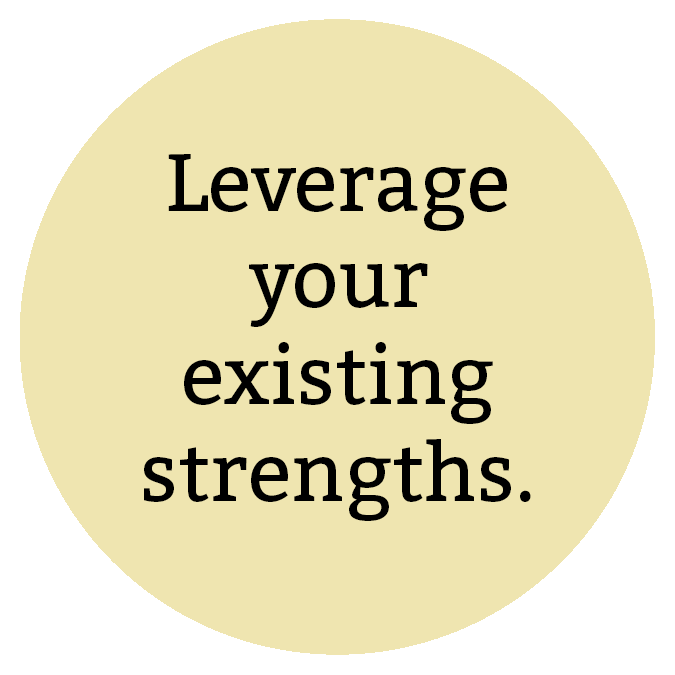A written evaluation plan document has the potential to encourage transparency, accountability, and focus from the beginning of the evaluation process to the end.
As you build out your evaluation plan, it is helpful to keep the following key strategies in mind:

Start with a modest scope, and make your evaluation as simple as possible. If you start with a narrow, functional scope, it's more likely to work and be witnessed working. You can always expand the scope, but it’s hard to narrow it once you've started. Similarly, focus on using the least complicated and most accessible tools. The goal is to avoid frustration and a sense that “I just don’t get this” at first. Once those moments happen, they can stall a person’s faith in the whole process.

Always structure your evaluation planning around real practices, real needs, and the reality of your program’s context and capabilities. Evaluation can be used to reach a goal or transform aspects of your program, but that is only possible if you have a clear and practical vision of where you are starting from. Start with your knowledge of things that are working and use that to inform your vision for how things should be working. In harm reduction, thinking from the ground up is usually preferable to thinking from the top down.

Explain the evaluation process to everyone, so that even those who are not directly engaged in the evaluation tasks know how and why it is happening. Make sure every staff/volunteer/member of your program has at least one moment where they see evaluation processes making their work easier. In the beginning, these moments are key for buy-in.

Don't reinvent the wheel. This means do not answer questions that have already been answered, gather information that is already known, or assemble data that is already available. Participant engagement is the best way to access common knowledge, but also make sure your questions hold up against common sense considerations: “Does it matter if we know this?” and “What difference will this make?” should be applied to every element of evaluation planning, especially when gathering information.
Below are some evaluation plan templates that can support you in crafting a plan document: